Categories
- animatronics (12)
- apple (11)
- arduino (179)
- art (41)
- articles (121)
- artificial intelligence (11)
- automation (421)
- avr (205)
- bitcoin (3)
- breadboard (9)
- cameras (57)
- cars (26)
- cell phones (28)
- clothing mods (21)
- console mods (26)
- dangerous (94)
- desktop mods (24)
- embedded (5)
- flying things (54)
- fpga (22)
- gaming creations (108)
- interface (225)
- internet (17)
- laptop mods (6)
- lasers (22)
- linux (7)
- magnetic (3)
- medical (12)
- microcontrollers (51)
- misc projects (152)
- msp (12)
- music (124)
- pic (90)
- projects (23)
- pyroedu (76)
- raspberry pi (26)
- robots (312)
- security (36)
- sensors (307)
- software (200)
- solar (19)
- stamp (9)
- tools (149)
- tutorials (98)
- Uncategorized (45)
- usb (44)
- wireless (256)
Sponsors

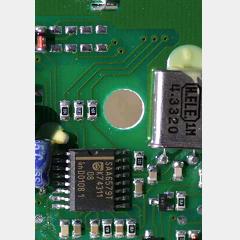
Posted November 16, 2011 by Chris
“RDS? It’s an abbreviation for Radio Data System. RDS is a European standard for sending small amounts of digital information using conventional FM radio…..To understand the RDS digital format I need to play with it. That is easier to do in C++ than with PIC assembler. I’ll use a 16F84 PIC as an interface. RDS data are sent serially to a PC com port for further investigation.”

Posted October 3, 2011 by Chris
“Using the super awesome TouchOSC app for the iPhone connected to Processing for converting Open Sound Control signals into serial commands send out via USB to an Xbee…I am able to drive a small tank.”

Posted October 2, 2011 by Chris
“After visiting some web pages about 2.4 GHz ISM band spectrum analyzers based on the CYWM6935 module, I tried to build my own analyzer, but with some improvements. The references I found on the net used the parallel port or a serial link to a host computer. I want the analyzer to be portable, and easy to transport, so I will use a microcontroller and a graphical LCD.”

Posted September 10, 2011 by Chris
If you’re an avid arduino fan, then this project should expand your design capabilities. It shows you how to use Xbee wireless modules to program the arduino without connecting it to your computer. The Xbee modules are very much self contained so there isn’t much additional work to implement the wireless communication. Check the article for a detailed explanation of how to make it work.
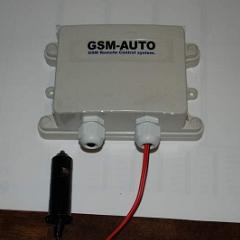
Posted August 18, 2011 by Chris
This article talks about a guy who got fed up with waiting for his car’s heater to kick in and wanted to get things working remotely. The setup uses a cell phone to remotely start his car using quite a few mods and the gsm auto module. All the details are there, along with a demo vid of the project in action.

Posted August 10, 2011 by Chris
It might seem like overkill and it is, but here’s a t-shirt that lets you know how many new e-mails you have waiting in your inbox. The system is designed using the Lilypad ‘clothing mod’ technology and some off the shelf wireless modules.
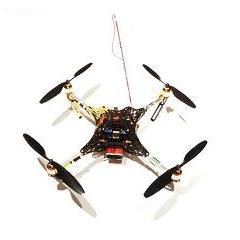
Posted August 8, 2011 by Chris
Another quad-copter article with a twist: this one is purely open source with extraordinary documentation, both hardware and software. The next gen multicopter is a remote control quad copter designed for the DIY crowd to duplicate on their own. Hardware and software are documented for you to modify, recreate or learn from.
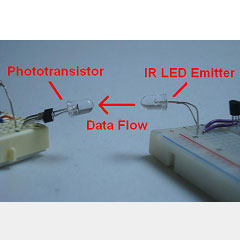
Posted July 28, 2011 by Chris
Wireless infrared systems are unique because of their ease in design and low cost. This week’s PyroElectro tutorial builds a system to transmit 9600 baud serial data from a PIC over IR to a receiving PIC. The wireless infrared link acts as if the Tx and Rx pins on the two PICs were connected with a wire. If you’re looking to make your own wireless system, don’t miss this article!
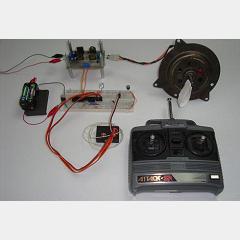
Posted July 14, 2011 by Chris
This week’s PyroElectro Tutorial explores how to add and use a common remote control car transmitter and receiver pair in your microcontroller projects. Specifically the received protocol will be translated into information the pic can use to create some output from the remote control’s input.

Posted July 13, 2011 by Chris
Want win a USB Oscilloscope? Yes! Then, If you’re a firmware coder this contest is for you. The Sponsor: Open-Electronics.org is looking for contestants to write firmware for a new GSM Remote Control called TiDiGino. 10 Lucky people will even get a FREE TiDiGino just for participating!







